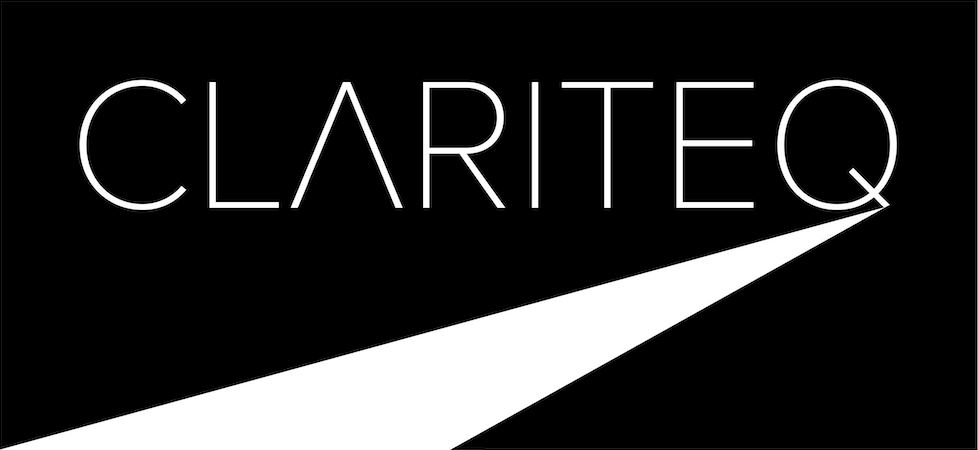“Clariteq’s workshops”
collectively provide an integrated set of techniques that can be used to specify requirements for even the largest project. Individually, each covers a specific topic – business goals and processes, application requirements, and the underlying data needs – with clear guidelines, tips, and practical methods that maximize the involvement of business subject matter experts. For those needing even higher levels of skill in data modelling, we offer the top-rated three-day workshop:
Thousands of people have attended Clariteq workshops, and recommend them enthusiastically because they're short, practical, fun, and best of all – the techniques actually work outside the classroom.
Painfully simplistic – focusing on managing, prioritizing, and tracking bulleted lists of textual requirements. They're easy – just ask “What do you want?” – and are loved by management because of the illusion of traceability, but are universally loathed by developers because they provide no context. They seldom deliver something the client recognizes as what they wanted.
Simply painful – for everyone concerned. They employ complex techniques – lots of them! – that are really intended for internal design, not requirements definition. They are indecipherable to analysts and users alike, so they are just as ineffective as the simplistic methods.
This series of workshops is different. They strike a middle ground by covering a small number of techniques, each addressing one fundamental aspect of the problem space – business goals and processes, application requirements, and data needs. The methods they cover are :
"Do-able" by the business analyst and other mere mortals
Relevant and understandable to business users and subject matter experts
Useful and clear to the architects, designers, and developers who must translate the requirements into effective business processes, applications, and databases
Integrated – each stands on its own, but also supports refinement of the other perspectives
Surprisingly popular with teams employing Agile methods – they provide methods that quickly get everyone of the same page without “analysis paralysis,” and then iterative development can take over


